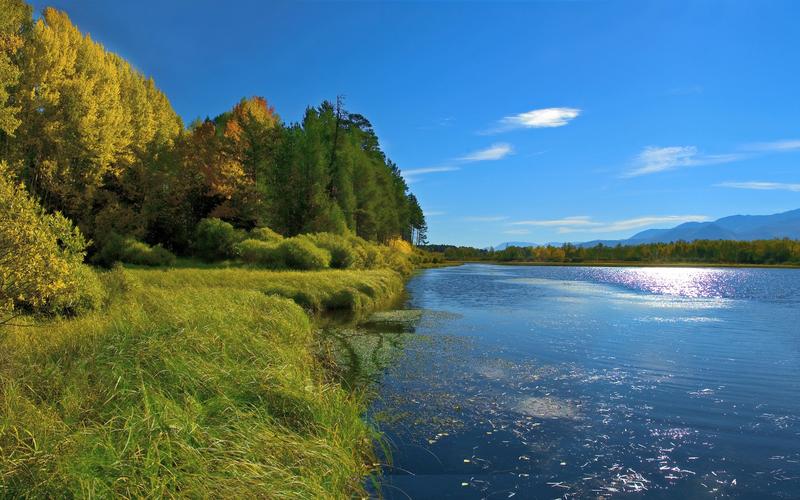Everything You Need to Know About Box Turtle Information
Box turtles are fascinating creatures that have been around for millions of years. They are easily recognized by their unique shells, which have a hinge on the lower part of the shell that allows them to close tightly and protect themselves from predators. In this article, we’ll explore everything you need to know about box turtle information, and why these creatures are so important.
What is a Box Turtle?
Box turtles are reptiles that are native to North America. There are four different species of box turtles in the United States, and they all have slightly different physical characteristics. They have unique shells that are usually brown or olive in color, and their shells can range in size from 4-8 inches long, depending on the species. Box turtles also have a distinctive head that can be retracted into their shell for protection.
Habitat and Diet
Box turtles are found in a variety of habitats including forests, grasslands, and even suburban backyards. They prefer areas where there is plenty of cover, such as fallen logs and leaf litter. Box turtles are omnivores, which means they eat both plants and animals. Their diet can include insects, fruits, vegetables, and even small vertebrates such as mice or birds.
Reproduction and Lifespan
Box turtles are solitary creatures, and they usually only come together during mating season. Mating season can vary depending on the species, but it usually takes place in the spring or early summer. Female box turtles can lay up to 5-6 eggs at a time, and the eggs will hatch within 60-90 days. Box turtles have a long lifespan, and they can live up to 50 years or more in the wild. However, box turtles are also commonly kept as pets, and with proper care, they can live even longer.
Threats to Box Turtle Populations
Box turtles are facing several threats to their populations, including habitat loss, over-collection for the pet trade, and collisions with cars. Box turtles are also very susceptible to changes in their environment, which makes them an important indicator species for ecosystem health.
What You Can Do to Help
There are several things you can do to help protect box turtle populations. First and foremost, you can take steps to protect their habitat by not disturbing natural areas and avoiding the use of pesticides and herbicides. If you want to keep a box turtle as a pet, be sure to get one from a reputable breeder and never take one from the wild. It’s also important to report any sightings of box turtles to local conservation organizations so they can track their populations and take steps to protect them.
Conclusion
Box turtles are an important part of our natural ecosystem, and they deserve our protection. With their unique appearance and fascinating behaviors, they make for interesting study subjects both in the wild and in captivity. By taking steps to protect their habitat and populations, we can ensure that box turtles will continue to thrive for generations to come.
(Note: Do you have knowledge or insights to share? Unlock new opportunities and expand your reach by joining our authors team. Click Registration to join us and share your expertise with our readers.)
Speech tips:
Please note that any statements involving politics will not be approved.
